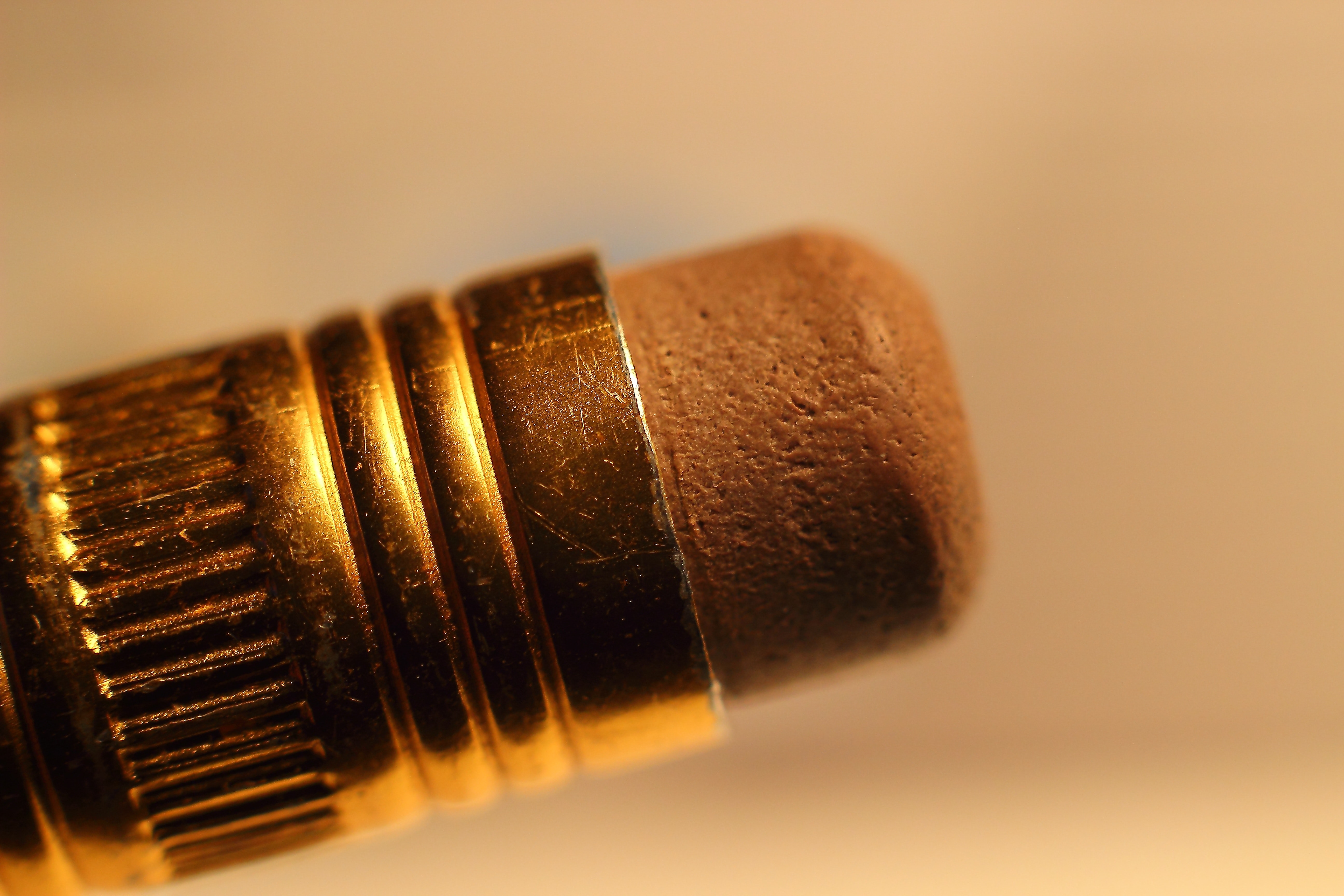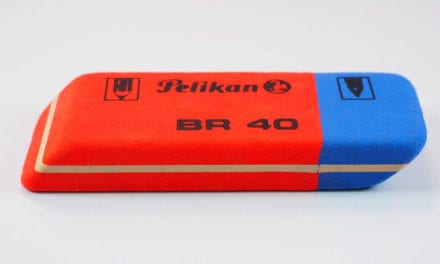Some people call them “pay to delete”. While others name them “pay and remove”.
The Credit Monkey simply calls the three most powerful words in credit repair “PAY AND DELETE”. Regardless of the exact terms used, pay and delete is a quick and usually easy way to get a significant bump to your credit score.
Pay and delete is an agreement between a third party bill collector and a debtor (you) whereby the bill collector removes the collections blemish from your credit report in exchange for payment of the delinquent debt. It sounds straightforward. It is, but you must ask for the collection agency to pay and delete because collection companies won’t offer it to you. Pay and delete is a secret that collection agencies don’t want debtors know.
Why Pay and Delete?
To understand what makes pay and delete so powerful, we must first look at how debt, sold to third party collectors, affects your credit score. When a bank sells a delinquent account, the new owner immediately reports the assignment to the major credit bureaus hoping that a collection account on the debtor’s credit report will eventually coerce a payment. The positive thing about the assignment is that the bank reports a zero balance due. The bad thing is that the third party bill collector tries to keep the negative mark on the debtor’s credit as long as it can.
Now, instead of having a single derogatory mark for a delinquent account, a collections account is also added to your credit report. What’s worse is that the two credit stains are from the same single debt. Admittedly, the delinquent account shows a zero balance and a zero balance scores better than an old account with a balance. However, the delinquency is there and will remain there as a factor used to calculate your credit score for up to seven (7) years after its date of last activity (DLA). To learn more about date of last activity, follow the link to my post from February 2018.

In the normal course of business, a collections firm will often report the DLA as the date it acquired the account rather than the proper date, the day of the actual last consumer transaction. The practice of misreporting drops your credit score towards the basement and extends how long that one derogatory account stays on your credit report. Instead of the few years remaining from the original creditor’s DLA, the entire seven year clock starts all over again.
Pay and Delete Negotiation
Negotiating a pay and delete from a collection agency is an incredibly powerful tool in your credit repair arsenal because, when the wheeling and dealing is over, your credit report shows no collection, no new DLA and is left only with an old delinquent account with a zero balance that gets older every day and affects your credit score less each month.
Always get the collections agency’s offer for Pay and Delete in writing. Keeping a copy of the writing for your records provides ammunition for a credit bureau dispute should the collection agency fail to remove the collection account from credit report.
For the person diligently working to improve his or her credit score, a pay and delete collections account is a godsend because with one transaction, he can fix two derogatories and see the credit score bump in a single month.
If you found this post helpful, please leave a comment, share it on social media or send the Monkey an email at [email protected].






Recent Comments